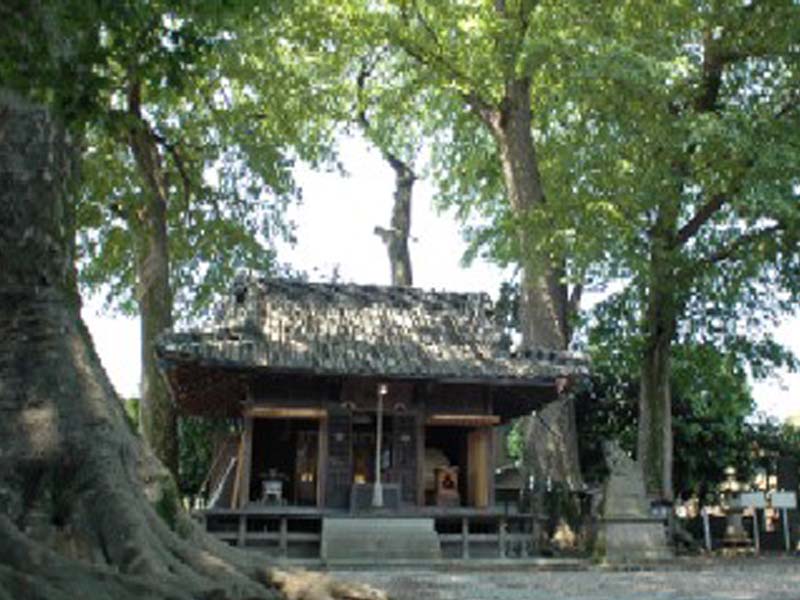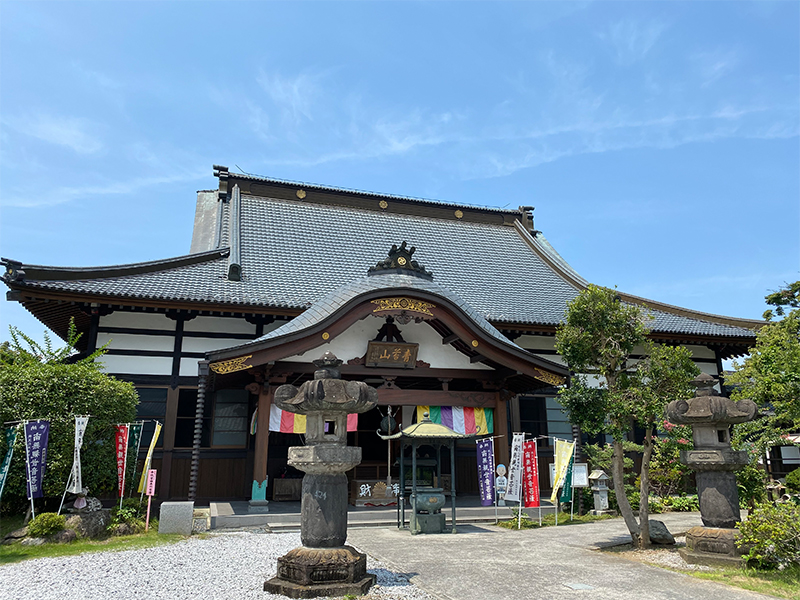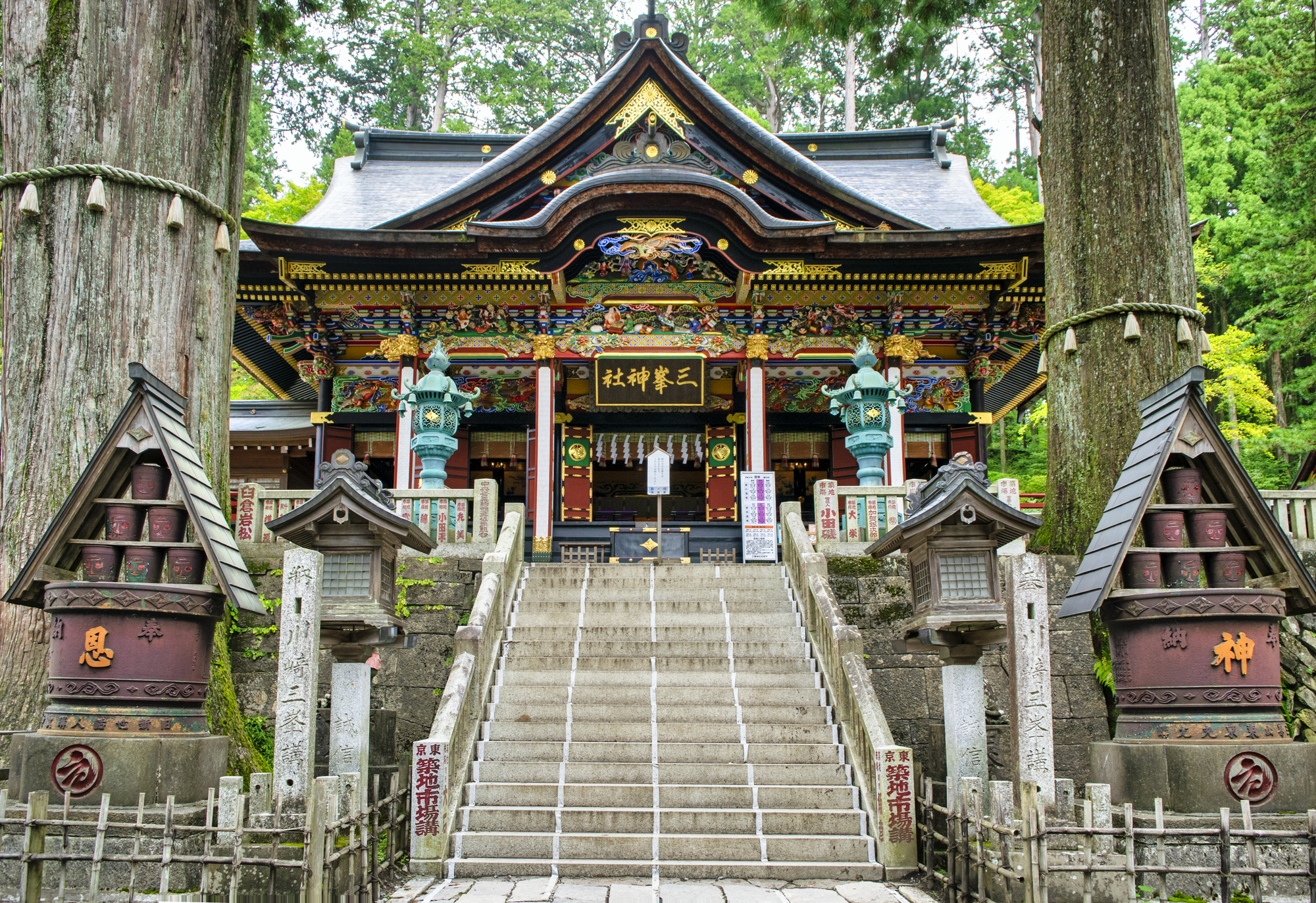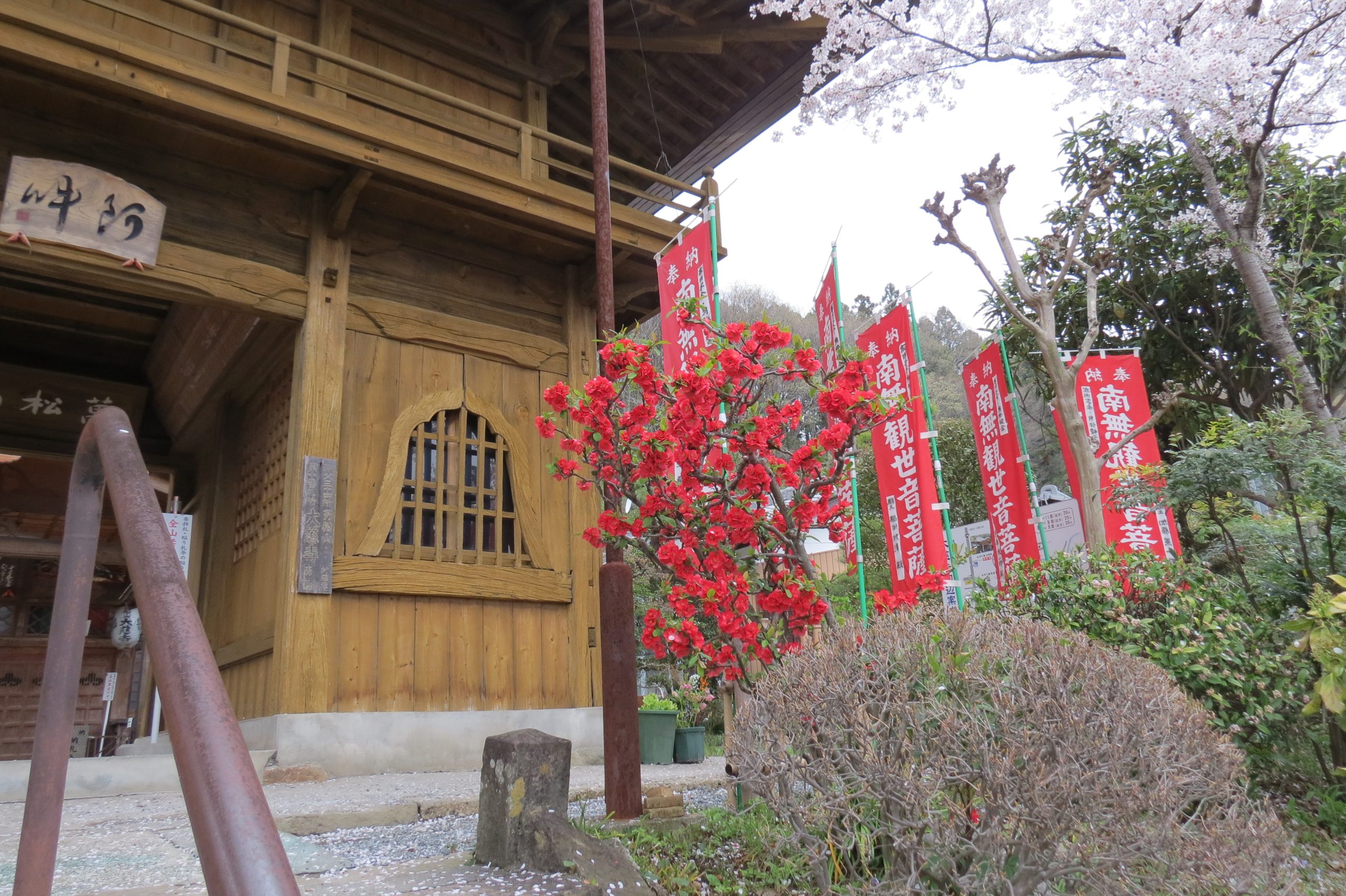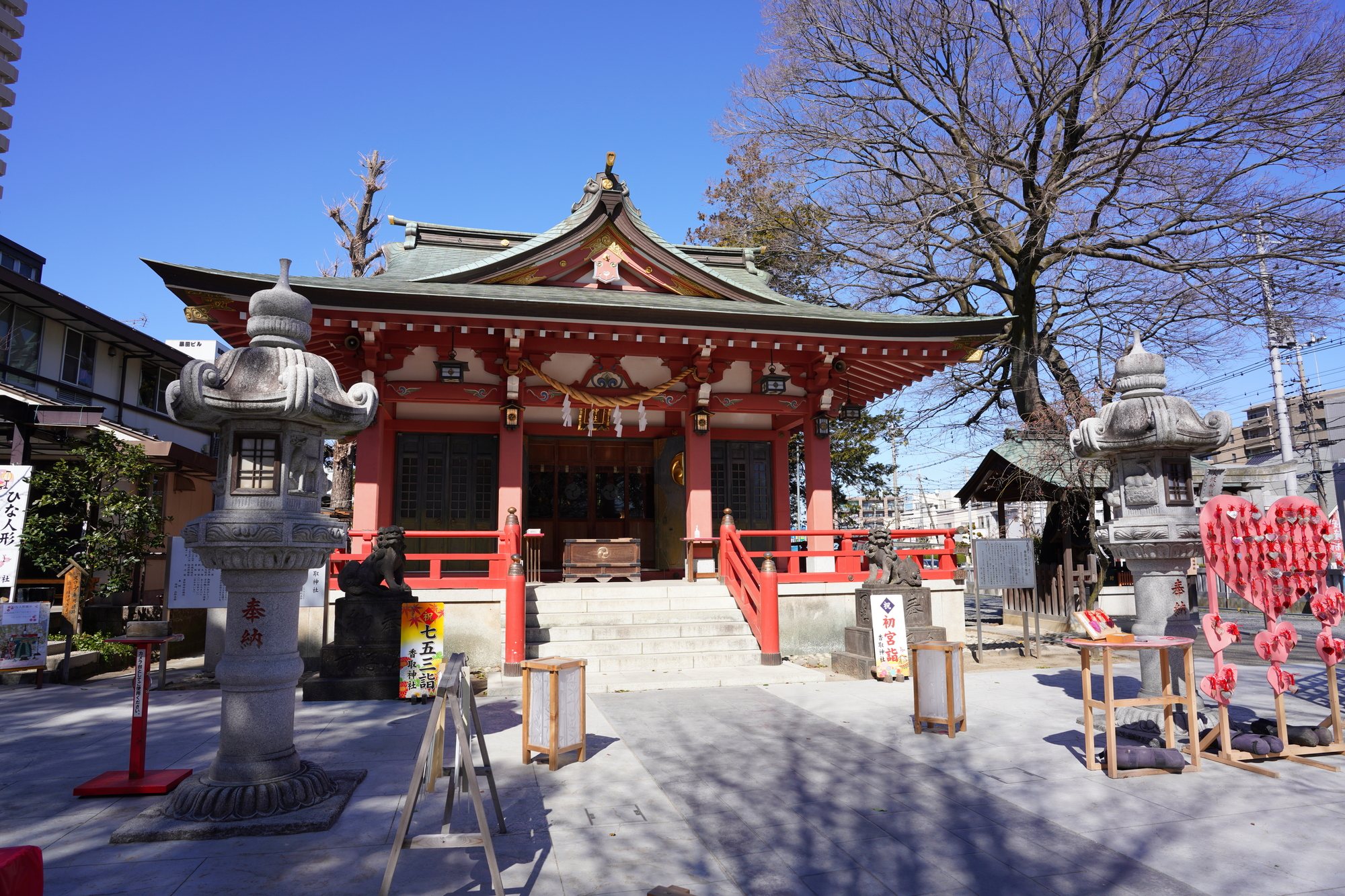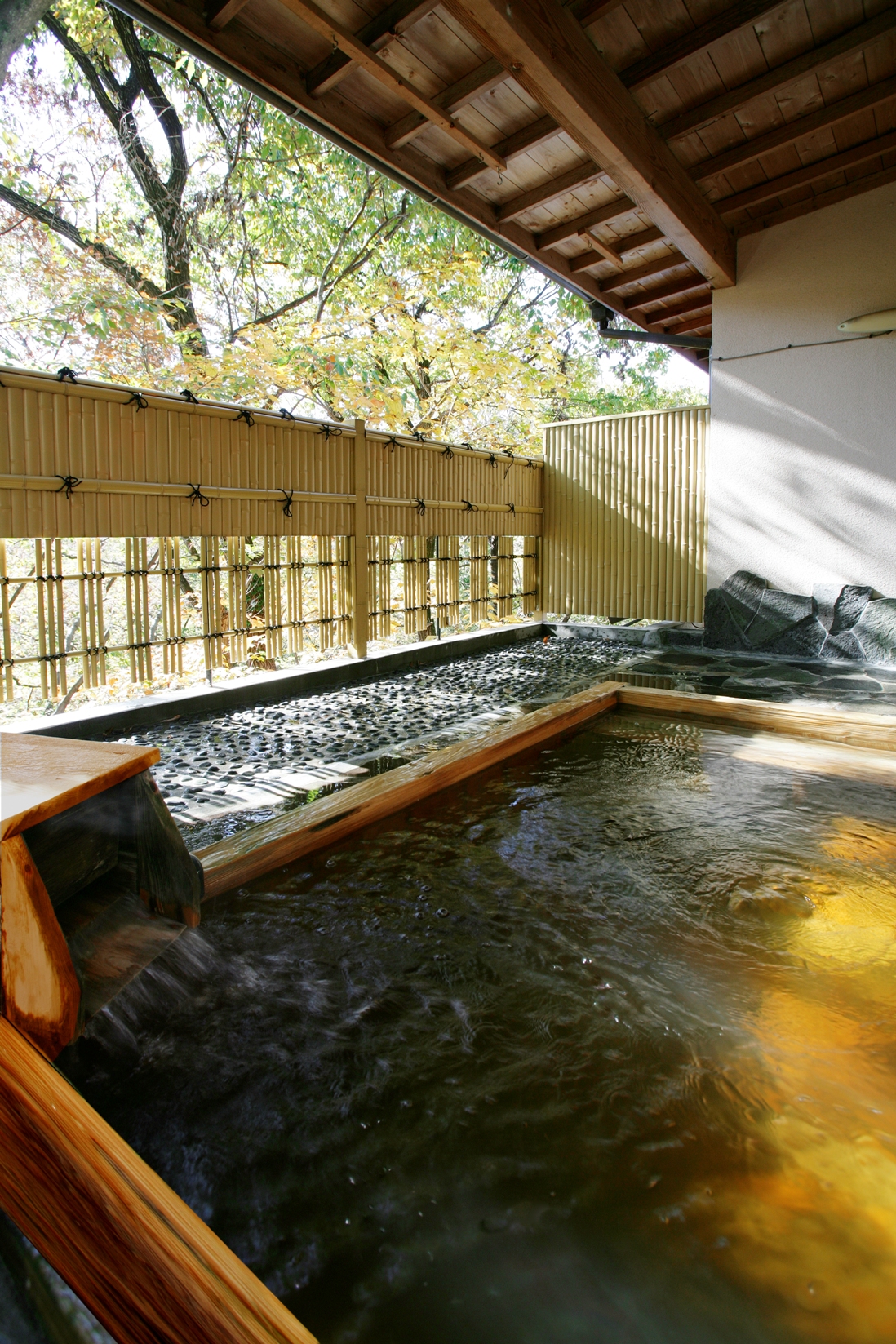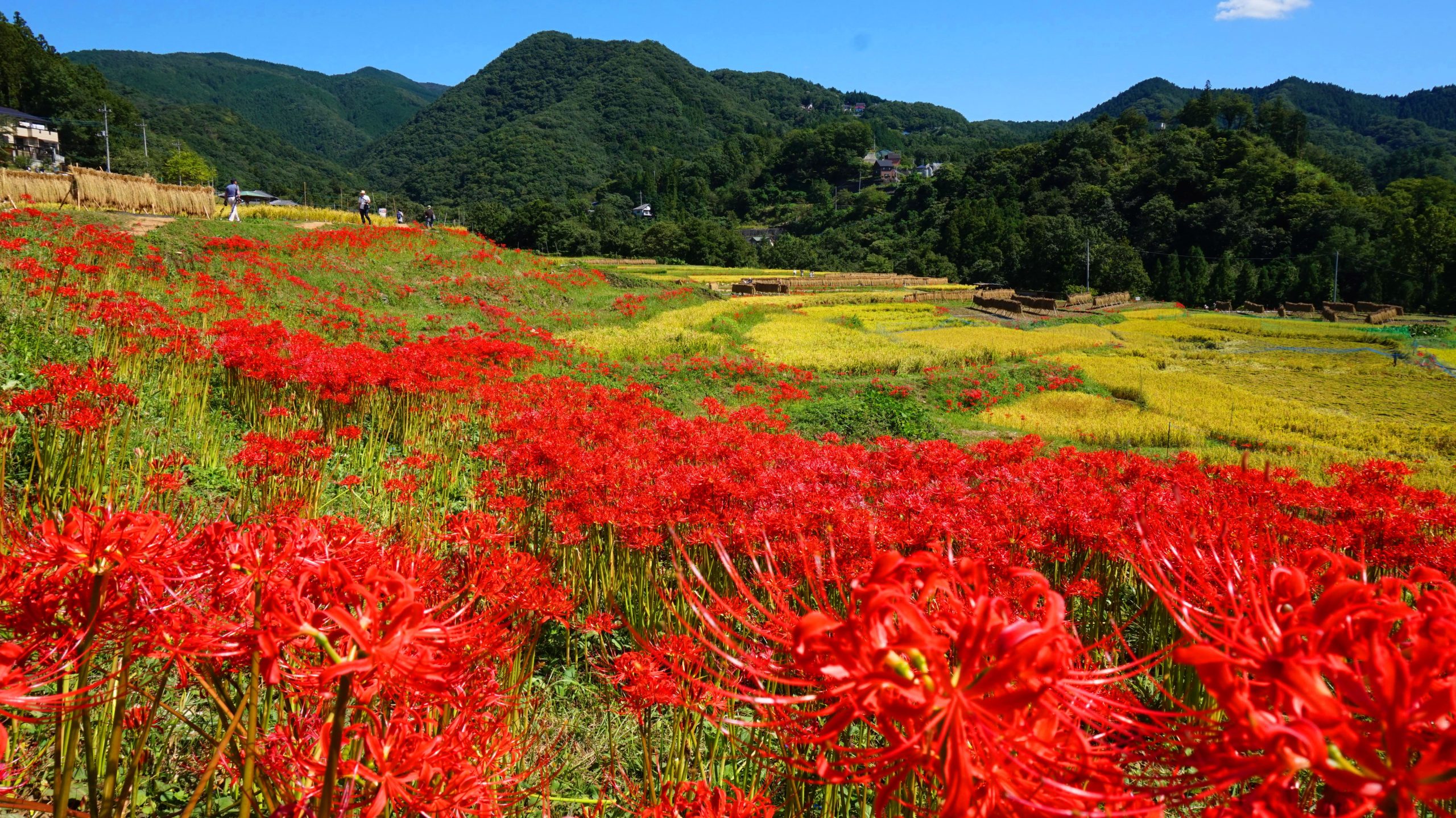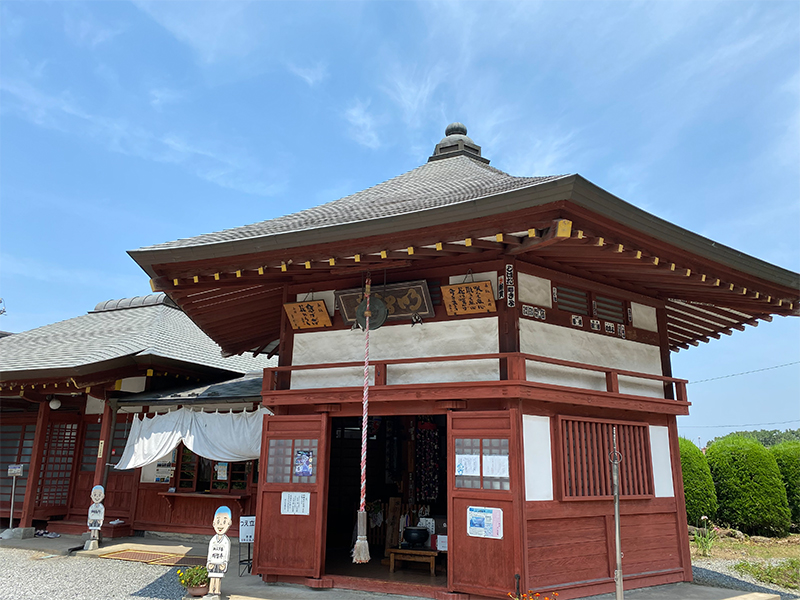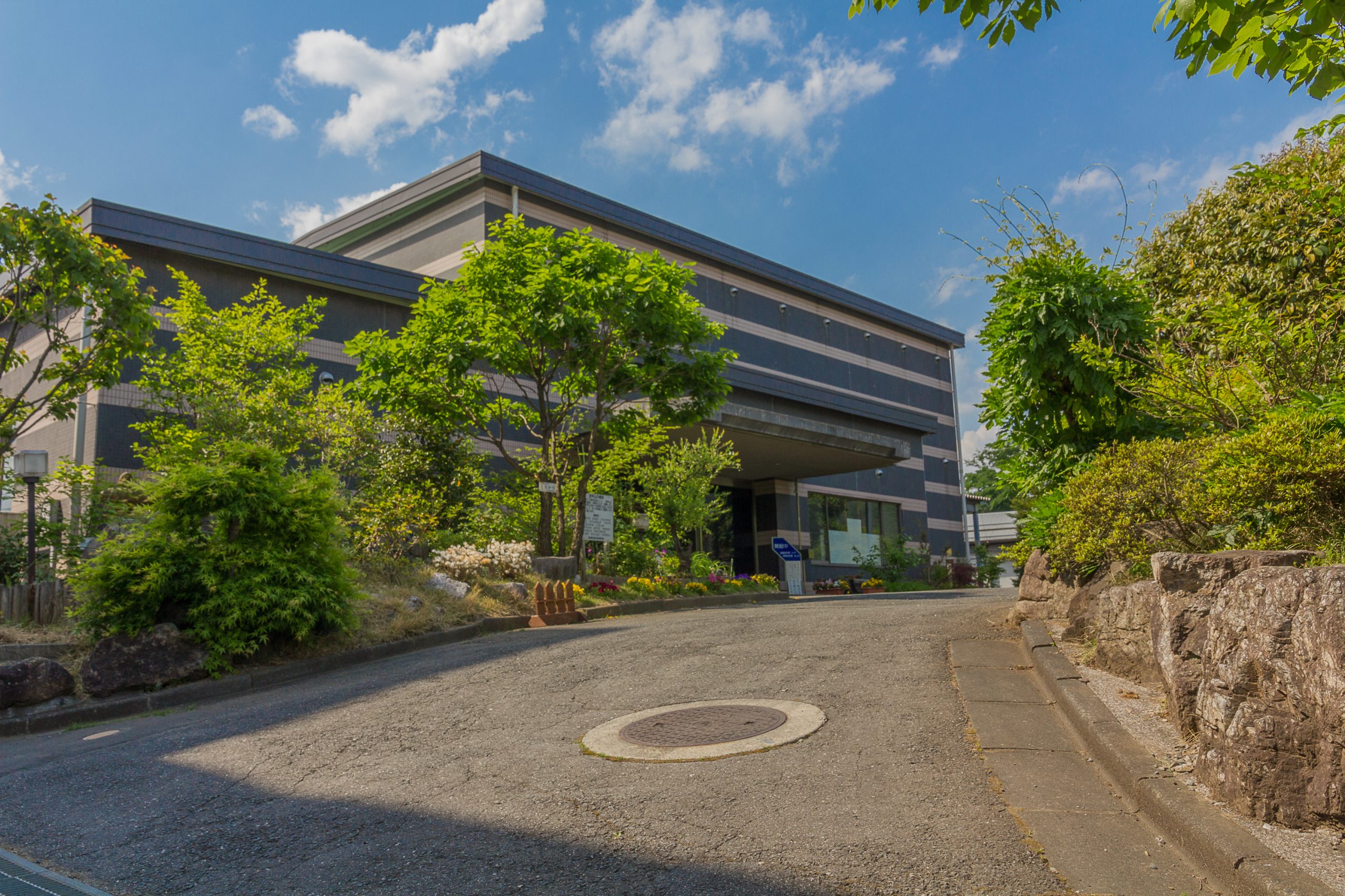Chichibu Fudasho Pilgrimage: Sacred Site No. 6, Bokuunji of Mt. Kōyō
sightseeing
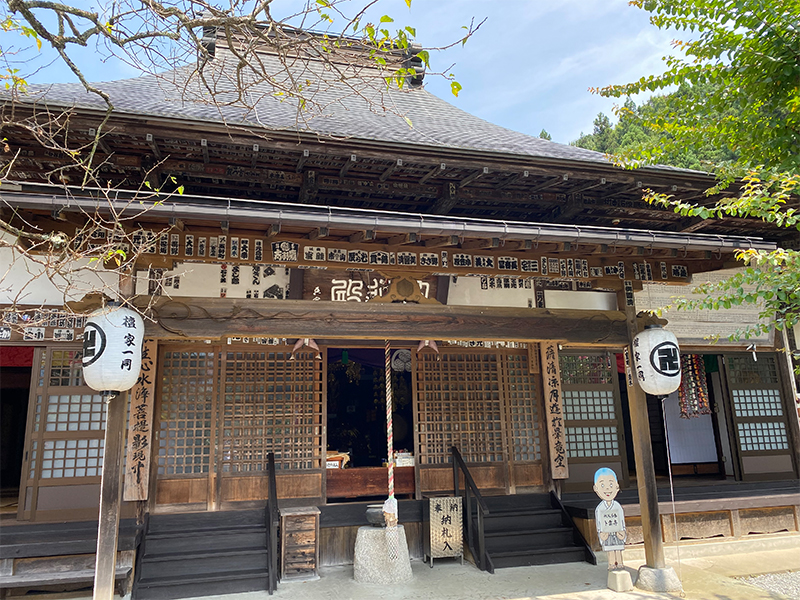
At Bokuunji Temple of Mt. Kōyō, also known as Oginodo, the main deity of Saint Kannon is said to have once stood on the summit of Mt. Bukō.
Bokuunji Temple is also dedicated to rare items such as a Seiryoji-style Sakyamuni statue, a picture scroll of good fortune, and a tooth of Yamanba (a mountain witch).
A magnificent view of Mt. Bukō is visible from the front of the temple.
Basic Information
Location
1430 Yokoze, Yokoze-machi, Chichibu-gun
TEL
0494-24-6236

